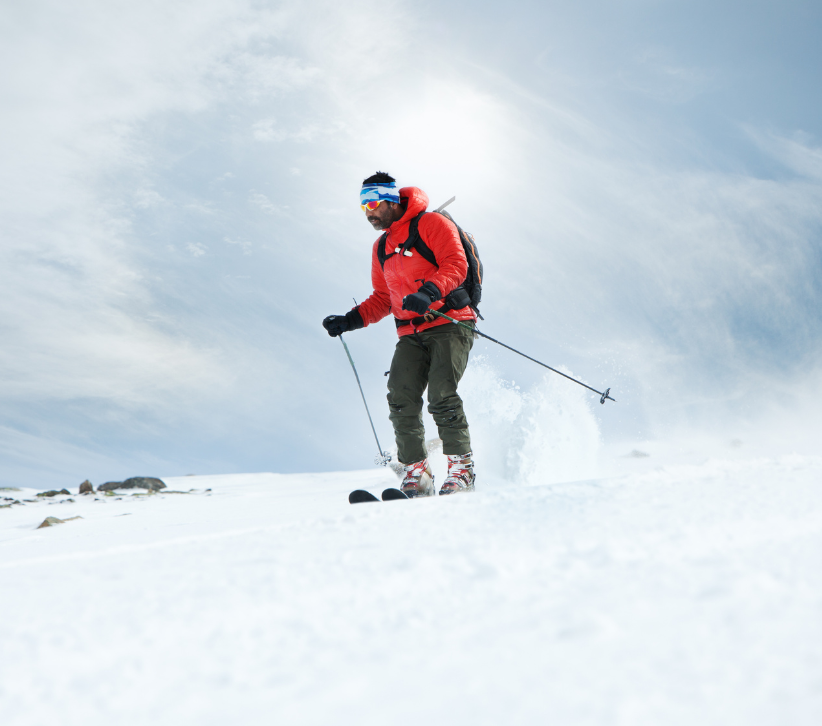Jammu and Kashmir is a region administered by India as a union territory and consists of the southern portion of the larger Kashmir region it has been the subject of a dispute between India and Pakistan since 1947, and between China and India since 1962

Jammu and Kashmir are situated in the northwest of India in the Himalayan Region and are bordered in the west by Pakistan’s Azad Kashmir division, in the north by Gilgit-Baltistan, the Pakistani territory was formerly known as the Northern Areas, and in the northeast by the disputed border area of Aksai Chin, now administered by China.
The Kashmiri language is spoken in the Vale of Kashmir and the surrounding hills. By origin, it is a Dardic language, but it has become predominantly Indo-Aryan Reflecting the history of the area, the Kashmiri vocabulary is mixed, containing Dardic, Sanskrit, Punjabi, and Persian elements.
Kashmiris are an Indo-Aryan ethnolinguistic group speaking the Kashmiri language, living mostly, but not exclusively, in the Kashmir Valley in the Indian subcontinent. Minority: Sikhism, Hinduism.
Some famous persons in this place are:
One of the many interesting facts about Jammu and Kashmir is that it was a princely state during the rule of the British East India Company and the British Raj from 1846 to 1947. The princely state was established after the 1st century. Anglo Sikh War. During the partition of India and its political integration, Hari Singh, the Maharaja of Jammu and Kashmir, delayed his decision on integration with India.
However, on October 26, 1947, the Maharaja agreed to India in return for military aid in
during the Indo-Pakistani War of 1947-48 by signing the Instrument of Accession. This is how Jammu and Kashmir became part of India.
Article 370, the Jammu & Kashmir, a separate constitution, state flag & Autonomy over its internal administration, was enshrined in the constitution.
On August 6, 2019, a new chapter in the history of Jammu and Kashmir was added when the Indian government repealed Article 370 and consequently the Special Regime State of Jammu and Cashmere. It also passed the Jammu and Kashmir Reorganization Act, which created two union territories: Jammu and Kashmir to the west in
and Ladakh to the east. There are now 3 administrative divisions: Jammu Division, Kashmir Division and Ladakh.
Some delicious foods of this place are:
By air: The Jammu airport in the city is the closest domestic airport that is well-connected to different cities like New Delhi, Leh, and Srinagar.
By rail: You can only reach the Jammu Region by train because there is no railway station or train connectivity in Kashmir Valley as of now.
By road: The Jawahar Tunnel, which connects Jammu to the valley of Kashmir, also lies along this route and Buses operated by the J&K State Road Transport Corporation also connect Jammu to other nearby cities like Patni top, Amritsar, and Srinagar.

Publisher
To get updates Join our newsletter.
© 2025 Indiano Travel
A Property Of iNOVATE DIGITAL